Seasonal Lawn Care: Customized Professional Services for Year-Round Health

Professional lawn care services are key to maintaining lush, healthy grass year-round, addressing se…….
Lawn Care and Maintenance: A Comprehensive Guide
Introduction
A well-maintained lawn is a hallmark of aesthetic beauty and environmental health in many communities around the globe. Lawn care and maintenance are multifaceted practices that encompass a range of activities, from soil preparation to the application of fertilizers, irrigation, mowing, aeration, and pest control. These practices not only enhance the visual appeal of our outdoor spaces but also contribute significantly to ecosystems, biodiversity, and community well-being. In this article, we will explore the intricacies of lawn care and maintenance, its global impact, economic considerations, technological advancements, policy implications, challenges, case studies, and future prospects. Readers will gain a comprehensive understanding of the role and significance of lawn care and maintenance within the broader context of environmental stewardship, recreational activities, and cultural values.
Understanding Lawn-Care-and-Maintenance
Lawn-care-and-maintenance is the practice of managing turfgrass areas to maintain a healthy, aesthetically pleasing lawn. It involves several core components: soil health, water management, light, air, and nutrient balance, as well as integrated pest management. Historically, the concept of a managed lawn has evolved from functional spaces for grazing animals to ornamental landscapes that serve both decorative and recreational purposes.
The significance of lawn care and maintenance lies in its ability to support biodiversity, provide a communal gathering space, improve mental health, and contribute to the overall aesthetic value of an area. It is a critical component of urban planning and landscape design, influencing property values and community cohesion.
Global Impact and Trends
The impact of lawn care and maintenance is felt across different regions, each with unique climates, soil types, and grass species. Global trends indicate a shift towards sustainable practices, organic lawn care, and the use of drought-resistant turf varieties. In colder regions, lawns may be dormant for part of the year, while in tropical areas, they require year-round care. The global lawn care market is influenced by factors such as climate change, urbanization, and changes in consumer preferences.
Economic Considerations
The economic aspects of lawn care and maintenance are significant, with a vast industry supporting various sectors including turfgrass production, landscaping services, garden tool manufacturing, and specialized equipment sales. Market dynamics are driven by consumer demand for low-maintenance, eco-friendly solutions, while investment patterns reflect the growing emphasis on sustainable practices and the professionalization of lawn care services.
Technological Advancements
Technology has revolutionized lawn care and maintenance with advancements such as GPS-enabled mowers, smart irrigation systems, drones for aerial assessments, and weather forecasting tools that optimize watering schedules. These innovations not only improve efficiency but also contribute to water conservation and reduced chemical use, benefiting the environment.
Policy and Regulation
Policies and regulations play a crucial role in shaping lawn care practices. These include guidelines on water usage, fertilizer application rates, pesticide use, and disposal of yard waste. Legislative frameworks are increasingly focused on promoting sustainable practices that protect water quality and support local ecosystems.
Challenges and Criticisms
Lawn care and maintenance face challenges such as resource intensity, environmental impact, and the potential for chemical runoff. Criticisms often highlight the perceived waste of resources and the ecological footprint associated with maintaining turfgrass. To address these issues, strategies include promoting native species, adopting xeriscaping principles, and utilizing organic practices to minimize chemical use.
Case Studies
Successful case studies from around the world demonstrate effective lawn care and maintenance practices. For instance, communities in water-scarce regions have adopted desert-adapted grasses and moisture-conserving techniques to maintain lush green spaces. These examples provide valuable lessons on sustainable management and adaptive strategies.
Future Prospects
The future of lawn care and maintenance is poised for innovation, with potential growth areas in organic and natural turfgrass care, precision agriculture applications, and enhanced community engagement. Emerging trends include the use of beneficial insects, the integration of edible landscapes, and the pursuit of carbon neutrality in lawn management practices.
Conclusion
Lawn care and maintenance are integral to our communities’ health and beauty. This article has highlighted the multifaceted nature of this practice, its global impact, economic significance, technological advancements, policy considerations, challenges, and future prospects. Through informed practices and continued innovation, lawn care and maintenance will remain a vital aspect of our environments, contributing to sustainability, community well-being, and aesthetic enjoyment for years to come.
FAQ Section
What are the key components of lawn care and maintenance?
Soil health, water management, proper mowing techniques, fertilization, aeration, overseedning, and integrated pest management are essential components.
How can I make my lawn more sustainable?
By choosing drought-resistant grass varieties, using eco-friendly products, practicing proper watering techniques, and employing organic methods to manage pests and weeds.
What are the latest technological advancements in lawn care?
Innovations include smart irrigation systems, GPS-enabled mowers, drones for aerial surveillance, and apps for personalized lawn care guidance.
Are there any policies or regulations I should be aware of when maintaining my lawn?
Yes, local ordinances may dictate watering schedules, fertilizer application rates, pesticide use, and yard waste disposal to protect the environment and public health.
How can I address common lawn care challenges?
Challenges such as weed control, pest infestations, and resource management can be addressed through integrated pest management strategies, proper soil testing, and selecting appropriate grass varieties for your region.

Professional lawn care services are key to maintaining lush, healthy grass year-round, addressing se…….
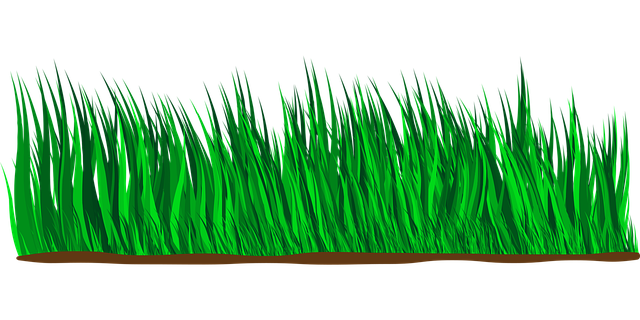
Seasonal lawn maintenance is crucial for keeping grass lush and healthy all year. Professional servi…….

Lawn pest management is crucial for healthy, vibrant yards, protecting against invaders like grubs,…….

Lawn weed control is a crucial aspect of lawn care that affects aesthetics and overall grass health……..
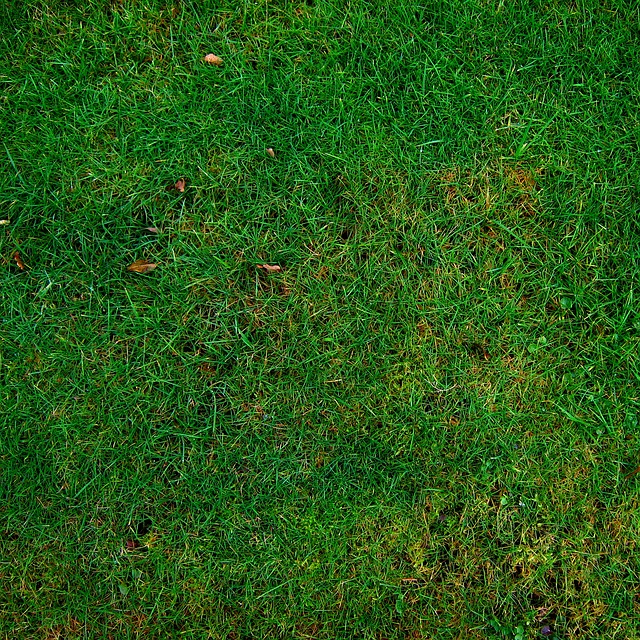
Lawn trimming, edging, and fertilizing are essential for maintaining a beautiful, healthy yard. Regu…….
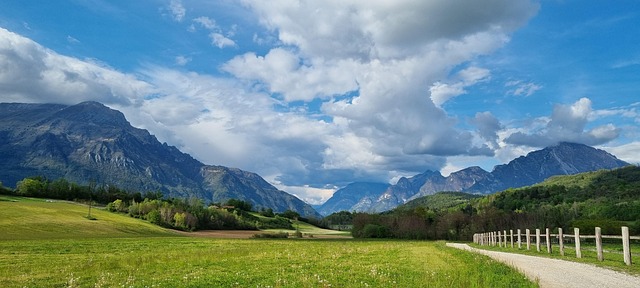
Professional lawn care services are crucial for maintaining a healthy, visually appealing lawn year-…….

Achieving a healthy, vibrant lawn requires tailored pest management strategies that consider soil co…….
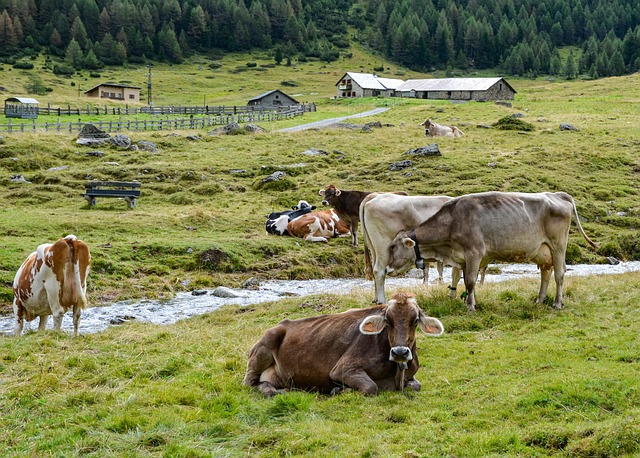
Seasonal lawn maintenance is key to keeping grass healthy and vibrant year-round. Customized treatme…….
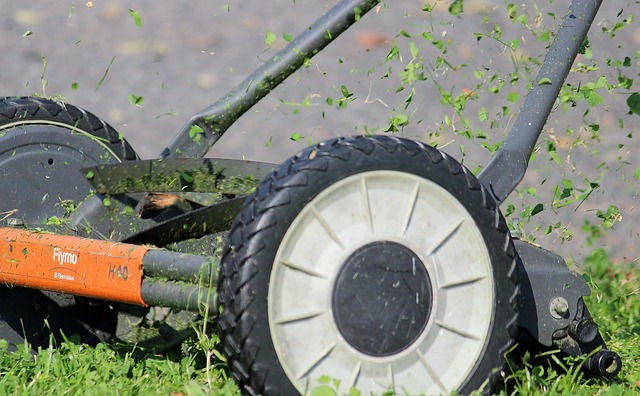
Maintaining a healthy, aesthetically pleasing lawn requires understanding and addressing common weed…….